Simmons’ Creek
by Bill Beigel
Walking the beach at dawn is a habit. There are many places where I can find a crescent ring of tiny shells.
The shells are embedded and enmeshed in a tangled mass of sea grass and feathers and dark, coarse sand. They are nearly hidden. But when the sun is just right, the shells shine out to me. I have picked up many handfuls, but usually end up tossing them back into the ocean. I enjoy the small splash they cause, and the ripples that tickle the surface for a few seconds.
The dark sand is carried into the ocean from creeks which start at the palm-covered springs in the mountains. The creek I know the best (my grandfather called it Simmons’ creek) emerges from a sandstone cliff, at the end of a trail, a few hundred feet from the top of a ridge.
When it has been a wet year, the creek bursts forth with so much strength that it erodes the surrounding rock face. It stings when I put my face against the sparkling water, but God, it makes me smile. When I was last there, in the spring, I watched the water pour and pour into the pond, and the water was always clear. How do the rocks that sparkle at the bottom of the pond maintain their place in the sand, and their solidity, their very being, against the onrushing flow?
When it rains in the hills above Simmons’ creek, the water can evaporate and return to the sky, or it can percolate into the bedrock and join the aquifer. Or it can choose to be part of Simmons’ creek. There is more than one path it can take. Nothing is planned in advance.
It only rains in the spring. This spring, it rained in March and early April; after that, not a cloud and not a drop. Now it is late summer and Simmons’ creek is lower than I have ever seen it. That bothers me some. The change from blue and green water to dry rock bed does not meet with my idea of the fitness of things; it does not agree with the way I have been taught and what I have been told. Today, a child can step across the creek, carefully balancing on rocks that have not been dried by the sun for decades. I watched her, and she smiled most of the time, with just one quick look of fear when one of her feet nearly slipped. Then she was on the other side of Simmons’ creek.
This child will learn a different lesson than I have been taught about Simmons’ creek.
Five From the 464th Bomb Group
The 15th Army Air Force, based in...Wee Willie and the photo that started it all
Above is B-17 “Wee Willie”...Debut for Debach
It was the very first combat mission...From Panatella to Ploesti
The 15th Army Air Force, based in...Six B-24s From Baker Box Downed
The men – the boys, really...The World War II Dead of University of California at Los Angeles (UCLA)
More than 260 UCLA students, faculty ...
Talk Radio One’s Steven Spierer Interviews WW2 Researcher Bill Beigel
Steven Spierer Talk Radio One Interview...Captain Norman L. Aigner: An Ordinary Guy
If you’ve been reading my blog with...Tomas Garza’s Daughter – “Now I Don’t Feel Empty”
Like most children of World War II...“Fresno Marine Dies in Action in Pacific War” – Fresno Bee, Oct 21, 1944
Private First Class Huston R. Fannon,...“Fresno Officer Dies in Action on German Front,” Fresno Bee, April 3, 1945
This article is part of a series...The Pheley Brothers of Fresno, California
This article is part of a series...
Wee Willie and the photo that started it all
My father was Paul D Jessop, he spoke of your Grandfather a lot. My father passed away in 2011 .The World War II Dead of University of California at Los Angeles (UCLA)
Hi Bill, Thanks for putting this together. My grand uncle, 2nd Lt. Robert L. Woolfolk attended UCLA and I believe he graduated in 1936. He was on the waterpolo team. He was a bombardier in the 571st Bomb Squadron, 390th Bomb Group and his aircraft "Decatur Deb" was shot down on May 28, 1944. He and six others perished while three were able bail out and became POWs. This is written up the in the book "Bloody Skies: U.S. Eighth Air Force Battle Damage in World War II." There is a B-17G tail gunner's compartment on display at the 390th Bomb Group Memorial Museum, which is dedicated to this crew. Regards, Nick VeronicoBill’s WW2 Almanac for January 21: Featuring Col. Randy’s Flying Circus
Hi! Randall Col Randy is actually my great grandfather and I was wandering if you ever new him? I am curious to know more about him.Women in WWII: Cornelia Clark Fort
Interesting....very hard to know the 'who hit who'.....Fort had enough flying time to be a instructor, I know nothing about the other pilot. If Pastor Jeff had information on her being talked into a situation, I would love to know if reliable. Regardless, so many losses in so many ways.... My take is the WAFS/WASPS deserve a bit more of history's 'time in the books'. Many thanks for the commentary, StarrRemembering the Fallen: WWII Veterans of UCLA, Major Robert C. Maze
Bill, Are you still working on this blog? Rosemarie is my mother in law. She passed away 10 years ago. Her (and Roberts') son Robert Maze Jr is alive and well. I was googling Admiral Radford and ended up googling links... Thank you for your efforts here. Kim WoodsFrom Panatella to Ploesti
I’m looking for information on My Great great GRANDFATHER WAS ON A B-24 LIBERATOR CALLED: Diamond li
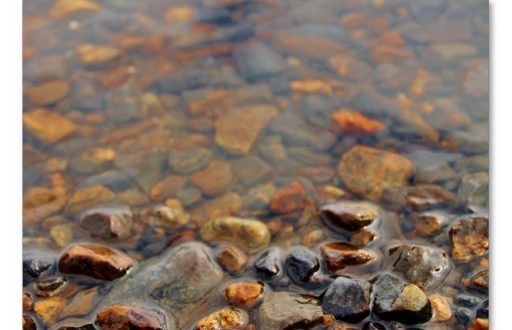
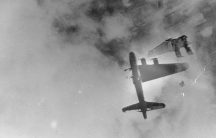
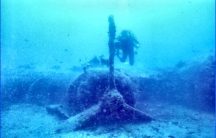
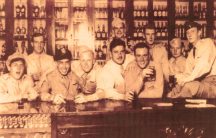

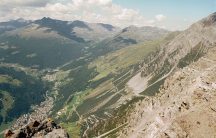

















Ask Bill or comment on this story